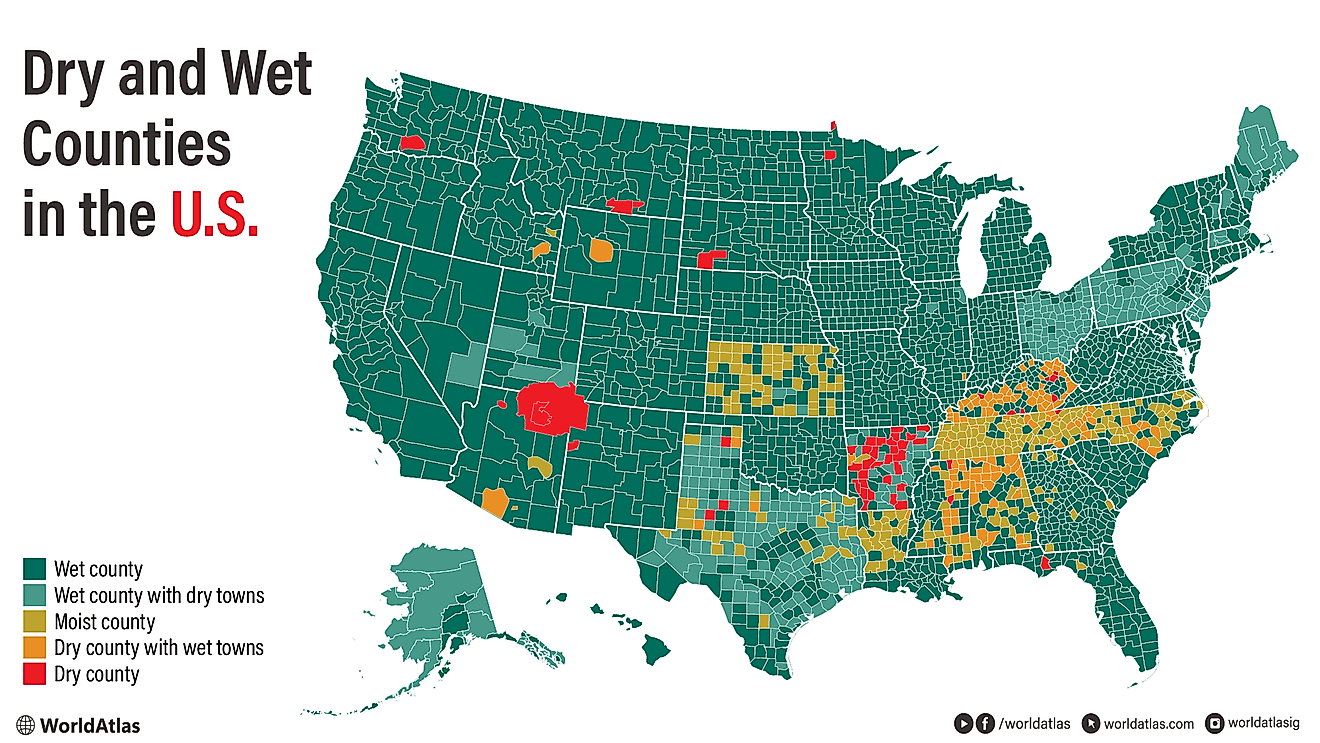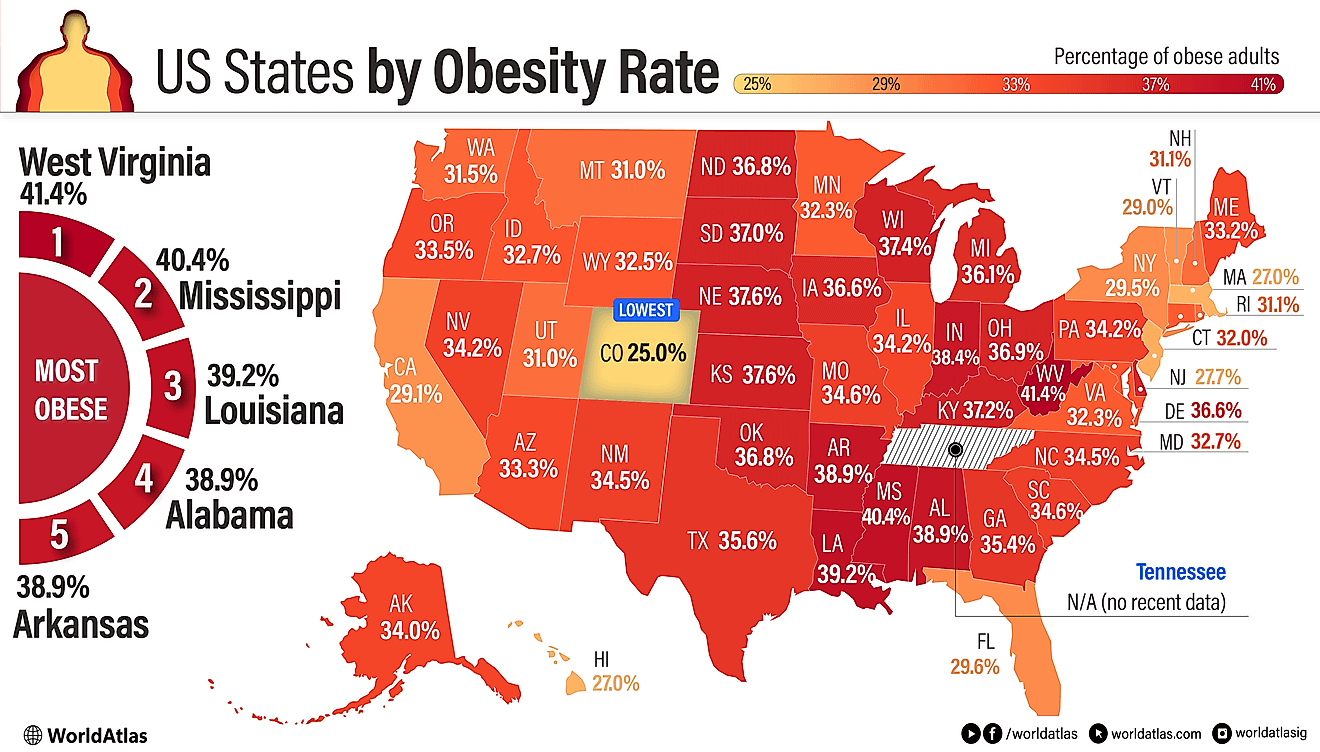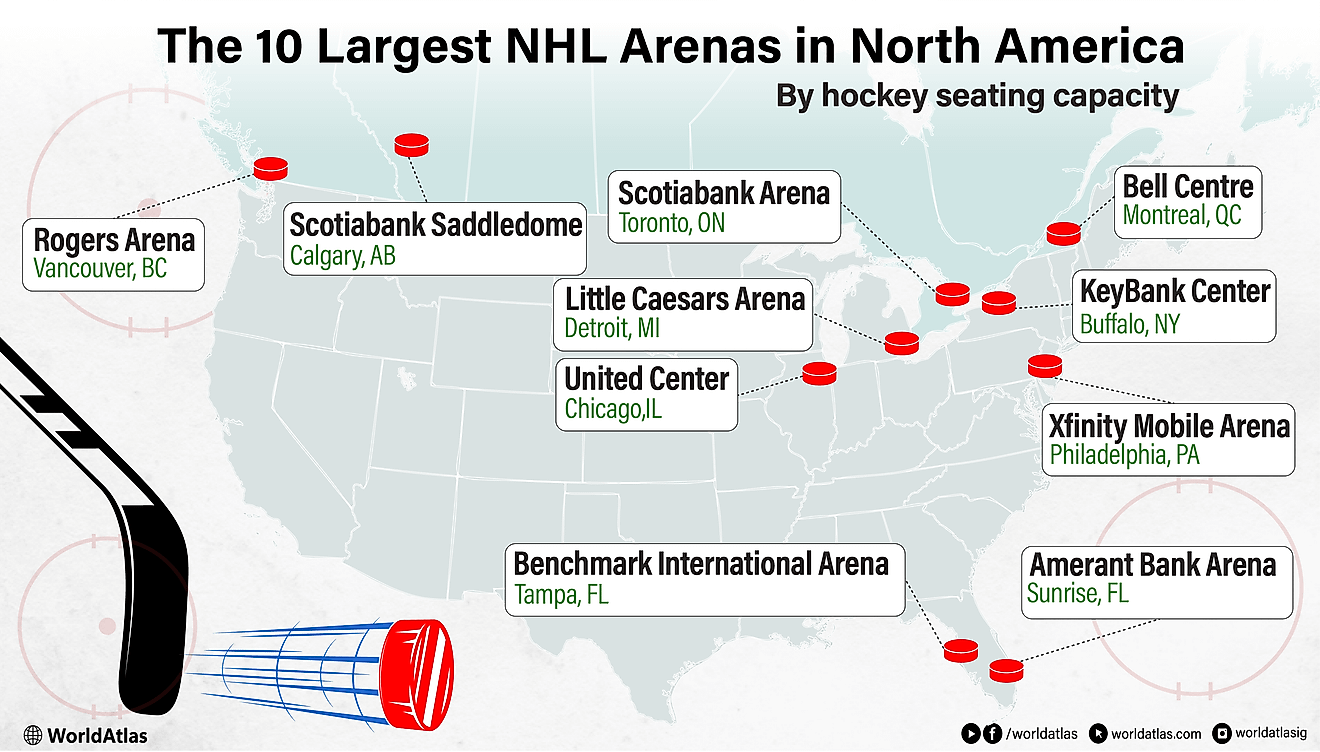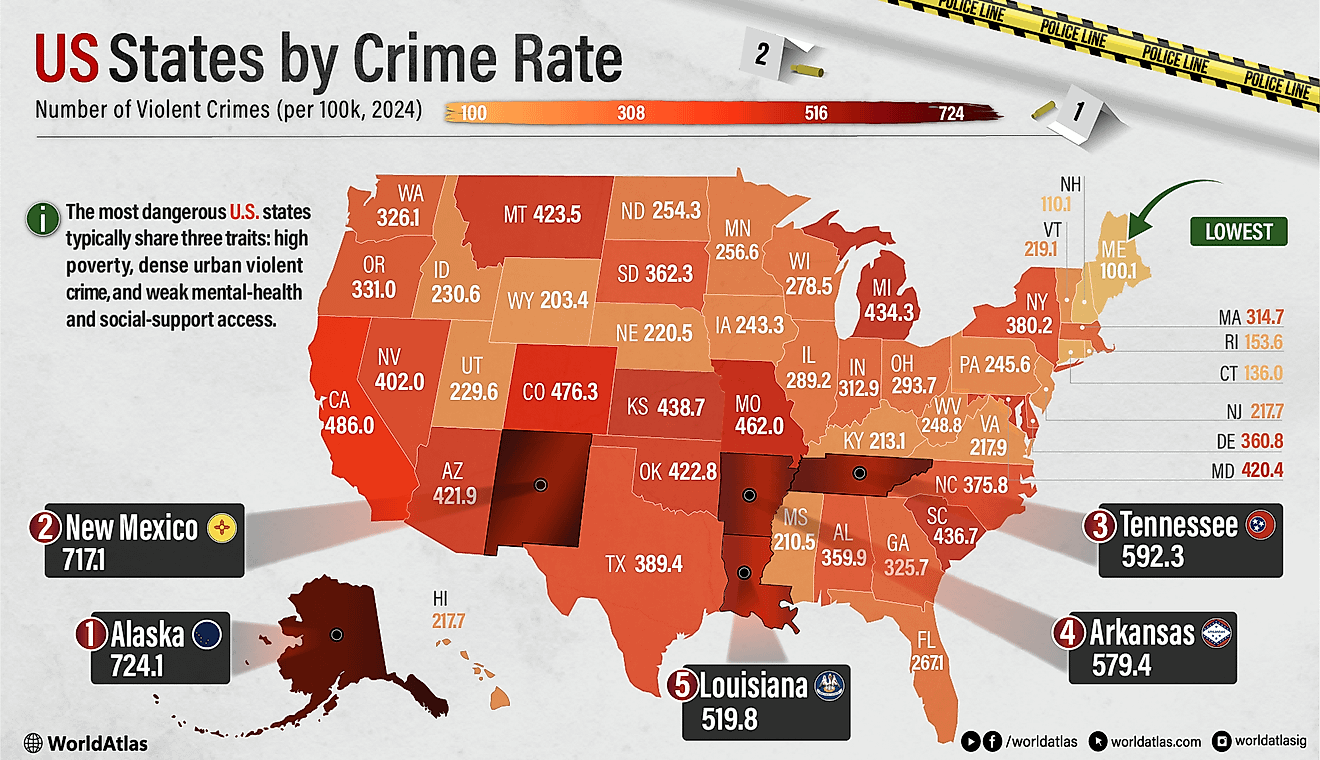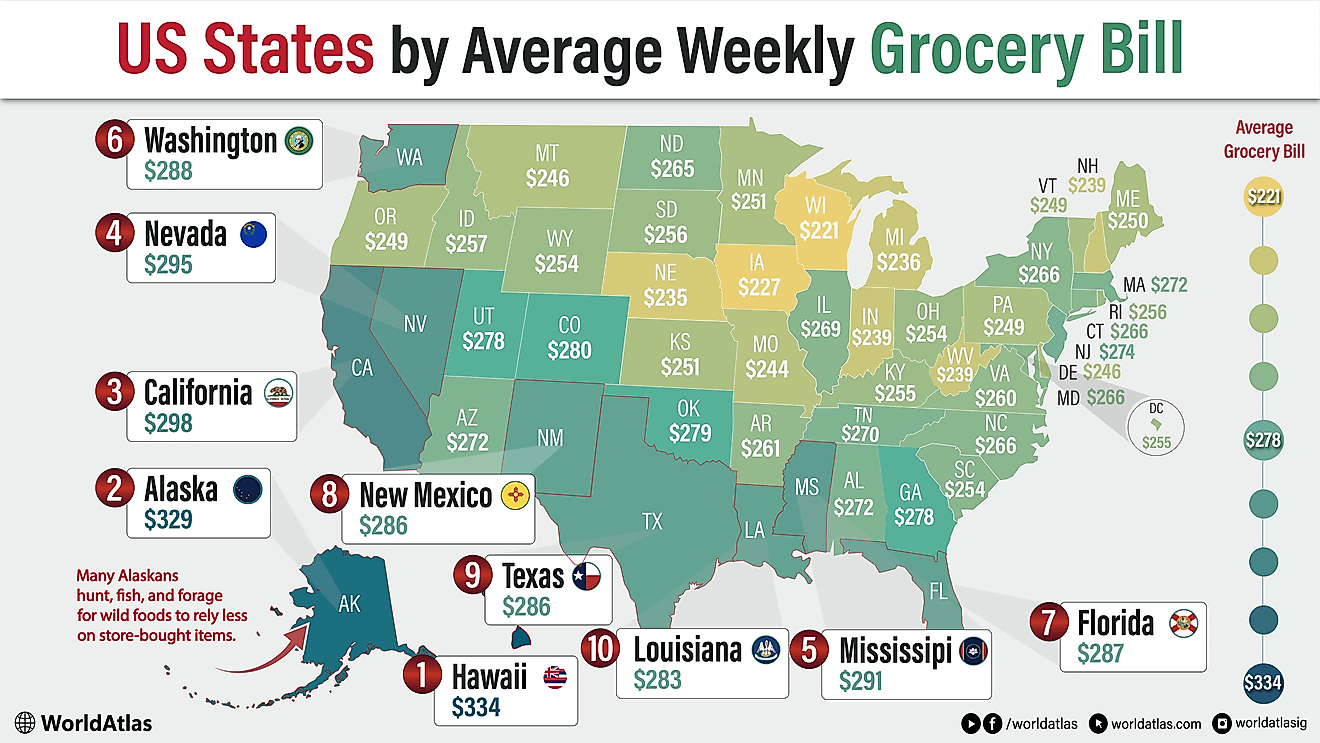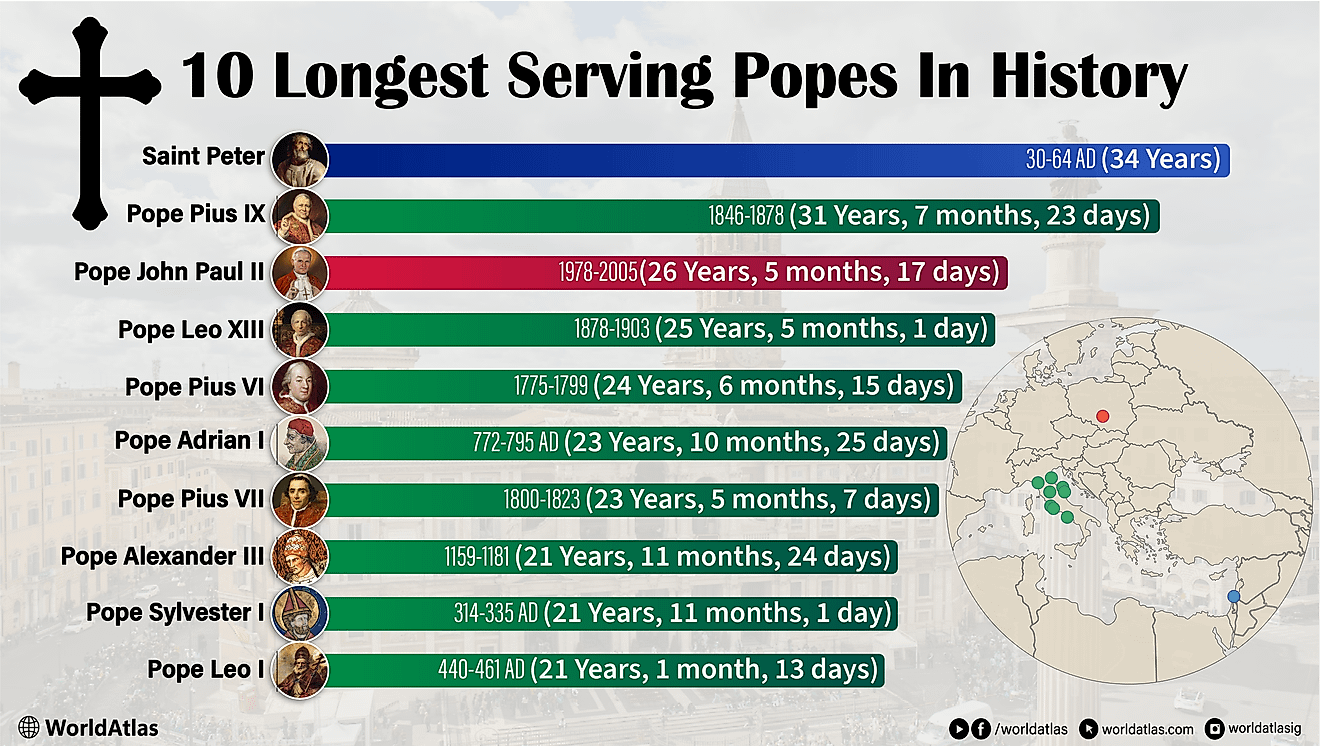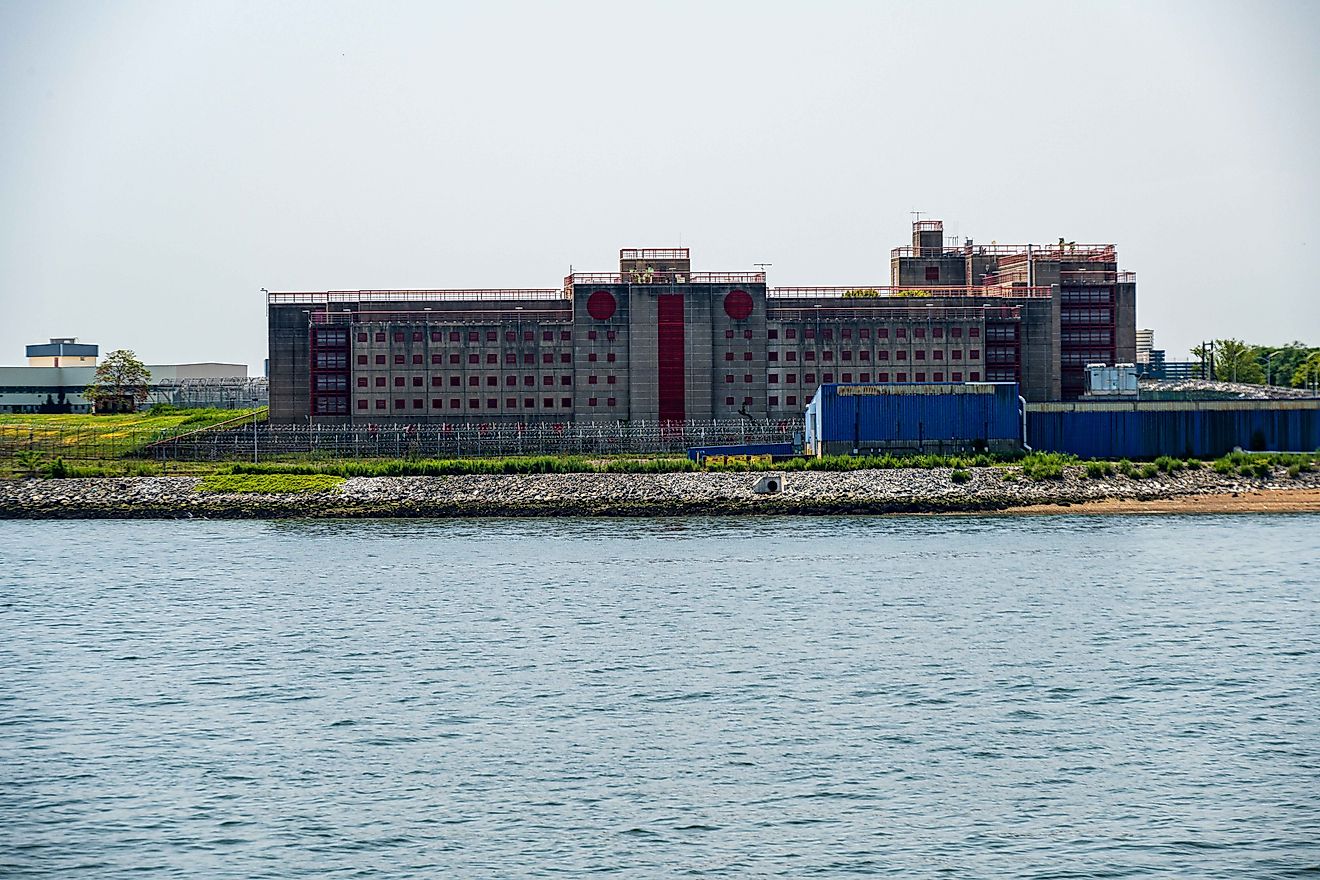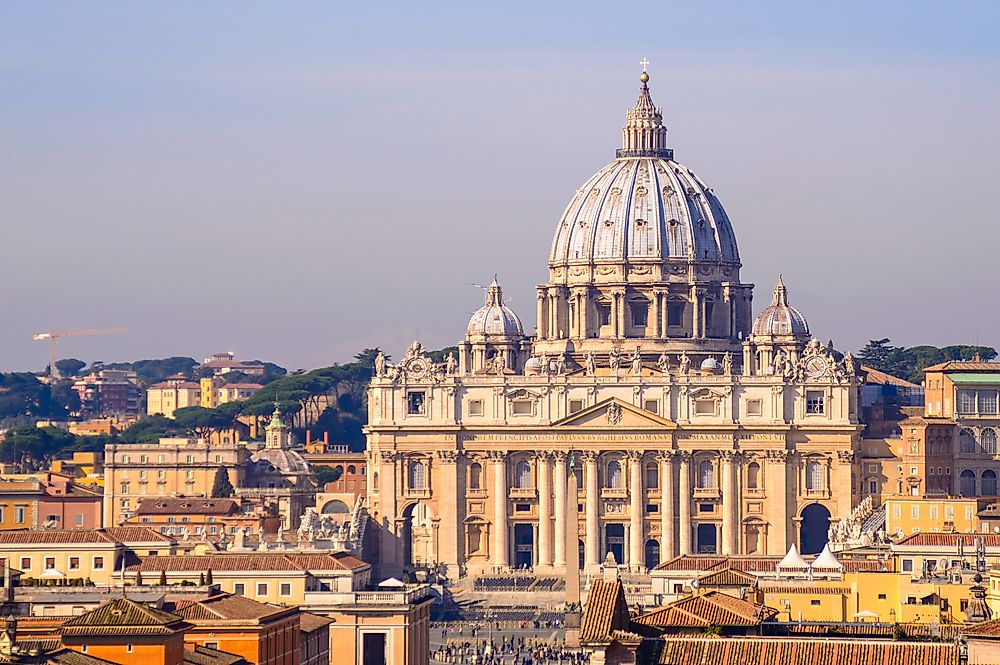Ethnic Groups Of Senegal
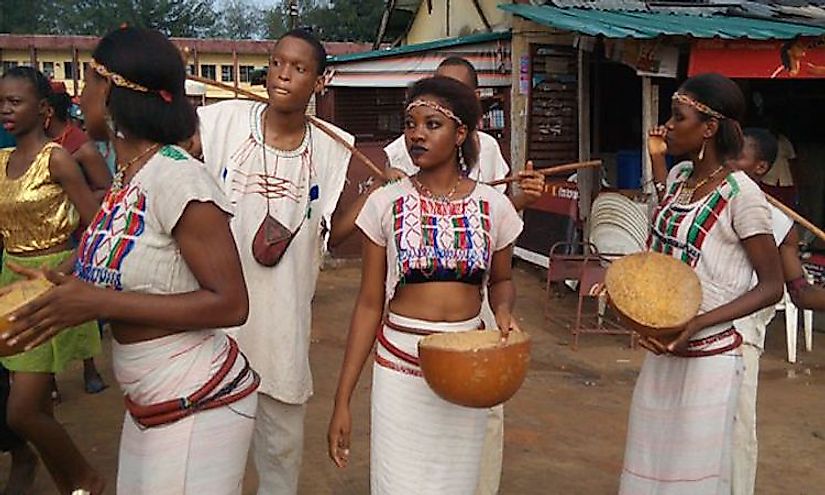
Senegal is a West African country with about 20 ethnic groups. These ethnic communities are important in the political, social and cultural spheres of the country. These communities have occupied the country from the prehistoric times developing their cultures and adapting to social and cultural pressures from other dominant communities. Senegal’s ethnic groups played a significant role in the slave trade with European traders and also the colonial administration. Most of the people of Senegal are Islam, a few Christians and others who still adhere to their traditional religions.
Ethnic Groups Of Senegal
Wolof
Wolof is an ethnic group comprising of peoples in West African countries including Senegal, Gambia, and Mauritania. Wolof language is the largest ethnic group in Senegal with about 43% of the total population who mainly occupy the north-western region near River Senegal. Most of the people use Wolof as the second language. The Wolof people were part of the slave traders with the Portuguese before the 18th century. Wolof is primarily Islam which has been their religion even during the establishment of the Jolof Kingdom. Wolof resisted the French colonial rule. The Wolof are a patriarchal community.
Fula
Fula is the second largest ethnic community in Senegal constituting about 24% of the population. Fula people are also mainly Muslims who occupy the West African Sahel region and the Futa Tooro savannah region in Senegal. The Fula are mostly pastoralists, and others are farmers, artisans, and merchants. Pastoralist and agricultural groups of the Fula are constantly in conflict over land and cattle. The Fula people are thought to have originated from the North Africa and the Arabic. The Fula were politically and religiously dominant group throughout West Africa who exerted a significant influence in the conversion of other groups into Islam.
Serer
The Serer are the third largest ethnic group in Senegal with a population of 15% which occupies western Senegal. The Serer are thought to have migrated from the Senegal River Valley from the 11th century. The community existed as a matrilineal group. Serer people resisted efforts by the jihadist who were influential in the expansion of the Islamic faith and the French colonial rule. Currently, some of the Serer practice Islam and Christianity while some still practice the traditional religion. Serer people engage in activities such as trade, animal husbandry, farming, and pastoralists. The Serer are socially stratified into the free nobles, artisans, peasants, and slaves.
Jola
Jola is the fourth largest ethnic group with about 4% of the total Senegalese population found in the Casamance region. The Jola are thought to have migrated during the 14th-15th century from the southern area of Egypt. The Jola engaged in farming of palm, groundnuts, sweet potatoes, yams, watermelons, and kept livestock. The Jola also involved in palm wine tapping, producing wine that was important in the performance of rituals. The community was reluctant to convert to Islam though some eventually converted to the religion. The community is organized into clan systems and had no significant influence on political spheres.
Other Ethnic Groups That Inhabit Senegal
The Mandinka are the fifth largest group in Senegal with 3% of the total population followed by the Soninke who make up 1% of the population. Other ethnic groups make up 10% of the population.
Ethnic Groups Of Senegal
| Rank | Ethnic Group | Share of Population in Senegal |
| 1 | Wolof | 43% |
| 2 | Fula | 24% |
| 3 | Serer | 15% |
| 4 | Jola | 4% |
| 5 | Mandinka | 3% |
| 6 | Soninke | 1% |
| Other Peoples | 10% |
